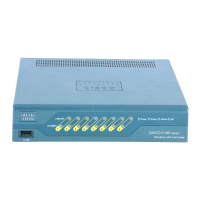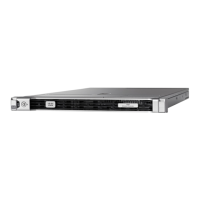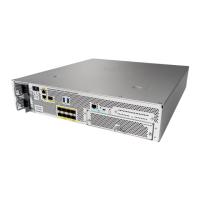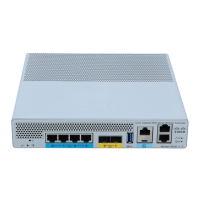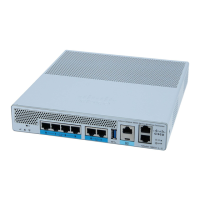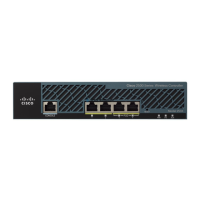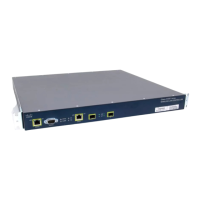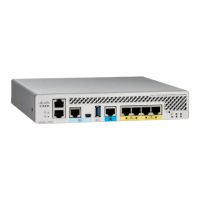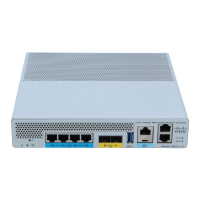Contents
xviii
Cisco Wireless LAN Controller Configuration Guide
OL-17037-01
Dynamic Channel Assignment 11-3
Coverage Hole Detection and Correction 11-4
RRM Benefits 11-5
Overview of RF Groups 11-5
RF Group Leader 11-6
RF Group Name 11-6
Configuring an RF Group 11-6
Using the GUI to Configure an RF Group 11-7
Using the CLI to Configure RF Groups 11-7
Viewing RF Group Status 11-8
Using the GUI to View RF Group Status 11-8
Using the CLI to View RF Group Status 11-9
Configuring RRM 11-9
Using the GUI to Configure RRM 11-9
Using the GUI to Configure RF Group Mode 11-10
Using the GUI to Configure Transmit Power Control 11-10
Using the GUI to Configure Dynamic Channel Assignment 11-12
Using the GUI to Configure Coverage Hole Detection 11-15
Using the GUI to Configure RRM Profile Thresholds, Monitoring Channels, and Monitor
Intervals
11-17
Using the CLI to Configure RRM 11-19
Using the CLI to View RRM Settings 11-23
Using the CLI to Debug RRM Issues 11-25
Overriding RRM 11-25
Statically Assigning Channel and Transmit Power Settings to Access Point Radios 11-26
Using the GUI to Statically Assign Channel and Transmit Power Settings 11-26
Using the CLI to Statically Assign Channel and Transmit Power Settings 11-30
Disabling Dynamic Channel and Power Assignment Globally for a Controller 11-33
Using the GUI to Disable Dynamic Channel and Power Assignment 11-33
Using the CLI to Disable Dynamic Channel and Power Assignment 11-33
Enabling Rogue Access Point Detection in RF Groups 11-34
Using the GUI to Enable Rogue Access Point Detection in RF Groups 11-34
Using the CLI to Enable Rogue Access Point Detection in RF Groups 11-36
Configuring CCX Radio Management Features 11-36
Radio Measurement Requests 11-37
Location Calibration 11-37
Using the GUI to Configure CCX Radio Management 11-37
Using the CLI to Configure CCX Radio Management 11-39
Using the CLI to Obtain CCX Radio Management Information 11-39

